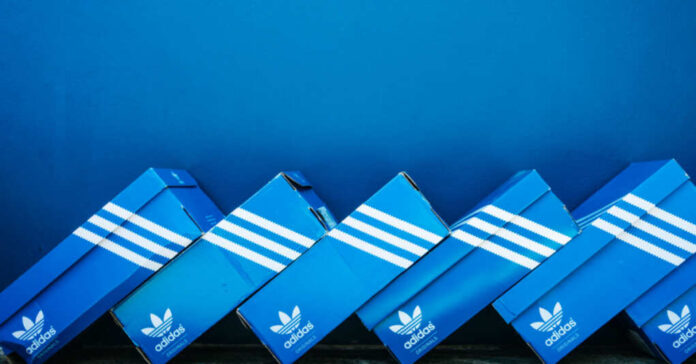Just 48 hours after asking the US Trademark Office to deny Black Lives Matter (BLM) and their application for a design featuring three parallel stripes, they’ve changed their minds. Withdrawn without prejudice, the company could choose to challenge the legality of the design again in the future. According to insiders, the withdrawal was due to rising concerns that it could be taken as opposition to the “mission” behind BLM.
When Adidas filed the request, they explained that the likeness to the Adidas three-stripe design was “likely to cause confusion.” As such, they wanted their use of the logo on things that Adidas sells like shirts, hats, and bags to be blocked. Given that the Adidas logo goes back to 1952, the ability to confuse the BLM logo with being made by Adidas or endorsed by them is strong.
Directly filed by the Black Lives Matter Global Network Foundation, this group represents the main faction of the BLM program. In its decade of existence, the group has had a storied existence, and despite initially clean roots, the snakes quickly appeared and turned the group into the racist, conniving, and deceptive organization that we all now know.
As it stands, Adidas and the BLM movement have had deeply storied roots.
Despite getting its initial start following WWI, the company has had a legendary story along the way. From its appearance at the 1936 Berlin Olympics to countless World Cup games, the company found a way to make its name synonymous with success. Crossing over into basketball and other games, the company and its innovations have made incredible changes in the way sports are played today.
Adidas also became a cultural movement in the late 1970s. Fueled by their success in basketball, the brand became synonymous with Brooklyn rappers, especially Run DMC. Their emergence into hip-hop was one of the earliest indications of the level of importance sneakers would reach not only in the US but across the globe. This time also solidified Adidas into the hearts of minorities that Nike would try to capture away with Michael Jordan just years later.
When generational talent Kobe Bryant broke into the NBA Adidas was not about to make the same mistake they made with Michael Jordan. Spending extensively on the young man, they launched shoes, shirts, jackets, hats, etc., all with the name or image of the young phenom. For what it’s worth, Kobe stayed loyal to Adidas until just before his death. To many, he is one of the biggest reasons Adidas has remained relevant in basketball.
In the mid-2000s, Adidas found itself in a bit of a rut, and it looked to branch back out into the urban communities. This time Beyonce and her Ivy Park collection as well as Kanye West and his Yeezy sneakers became some of the biggest jewels in the new crown Adidas took back. Unfortunately, that has proven to be relatively short-lived as they are now parting ways with both musicians.
Forging lasting relationships in nearly every circle on earth is not something many companies can say. Despite focusing primarily on North America, Europe, and Asia, (also the inspiration behind the leaf logo) the company has become a global empire. They figured out how to market to the basketball star who has never seen a frozen lake much less worn ice skates. They learned to reach the dad who needs good ankle support as he goes for his weekly run across town.
Adidas has forged a relationship with the globe, and for BLM to try and tap into that success is simply wrong. They have already forced their way into the global culture and taken money from the ignorant and those strife with white guilt. Adidas undertaking the fight against BLM and their rhetoric sent a strong message about protecting what’s yours. Too bad they jumped ship at the first sign of chop.



















